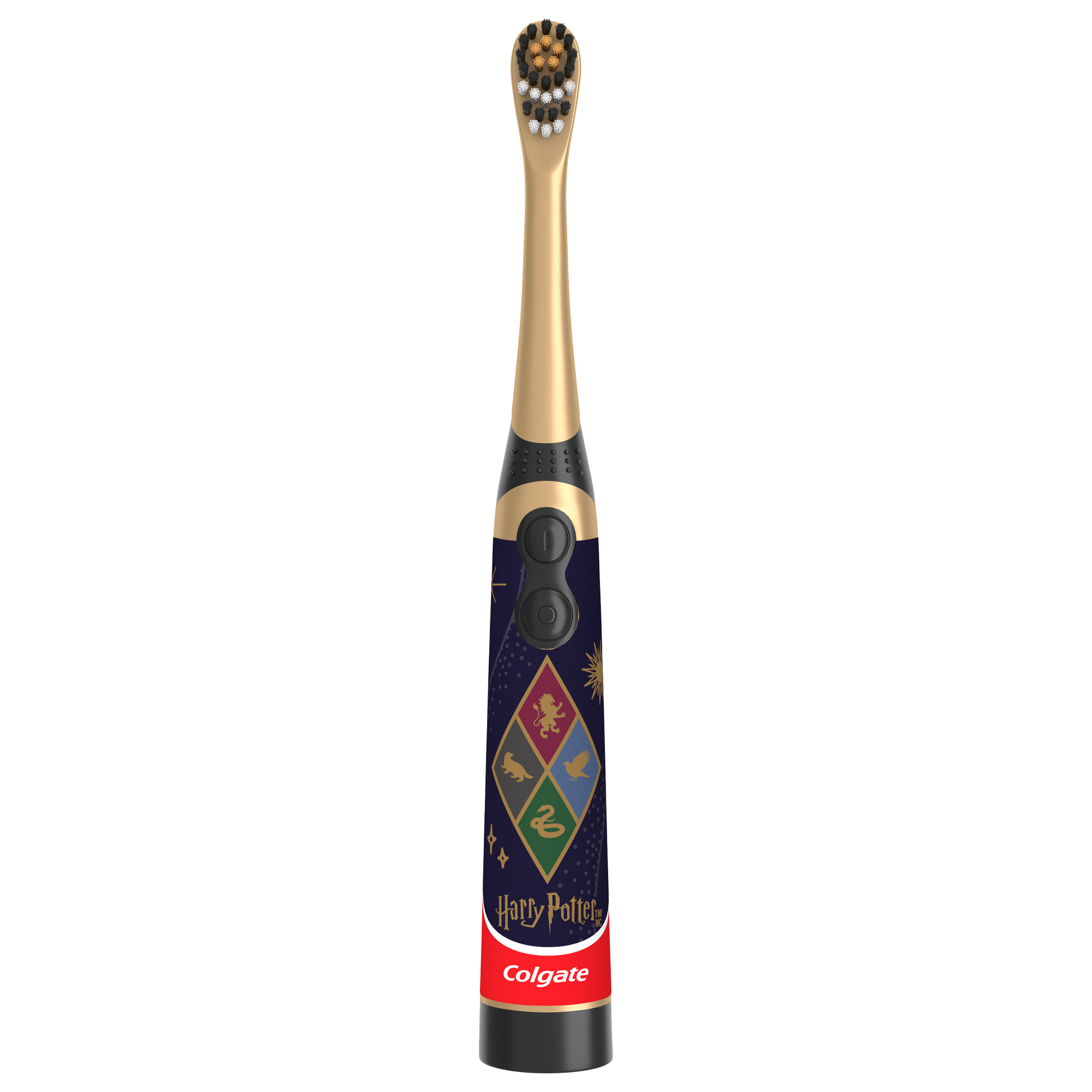What is Gingivitis, and What Are The Symptoms?
When your child brushes, do you notice swelling or redness around their teeth and gums or does your child complain about soreness and sensitivity? Or when they rinse after brushing, do they spit out a little blood? These could be signs of gingivitis. Plaque that sits along the gumline and in between the teeth causes gingivitis. According to The Mayo Clinic, plaque that stays behind on the teeth after brushing hardens on the tooth surface and turns into tartar. Tartar is hard, collects bacteria, and can only be removed by a dental professional. If the tartar and plaque stay on your child’s teeth, they can irritate the gum tissue surrounding your child’s teeth, which leads to bleeding and swelling, which are signs of gingivitis.
Ready to learn how to treat gingivitis in children? As you might have deduced, the best way to prevent gingivitis in kids is to prevent plaque buildup in the first place. Here are suggestions to help reduce, prevent and reverse gingivitis.
Brushing Their Teeth
Regular, thorough toothbrushing is essential for preventing and reversing gingivitis. While children over five can likely brush their teeth independently without adult supervision, younger children need help forming their habits and skills. Every child is different, so you may need to reference some tips on how best to help your child brush. But what’s most important is brushing with a soft-bristle toothbrush (try letting them pick one out at the store) and fluoride toothpaste twice daily.
Cleaning Between Their Teeth
In addition to toothbrushing, cleaning between their teeth using an interdental cleaning device like floss is one of the most important defenses against plaque. But as you might be aware, using floss is not an easy habit to form. Luckily, you can opt for flavored dental floss or pre-threaded flossers to make this practice a little more interesting. A general recommendation is to begin flossing your child’s teeth once they have two teeth that touch or around the age of two or three.
To floss your children's teeth, use a piece about 18 inches long and wind the ends around each middle finger. Insert the floss carefully between the teeth, creating a 'C' shape. Move the floss up and down, slipping it gently beneath the gums to remove any plaque and leftover food. Use a clean area of floss between every two teeth. When your children reach the age of ten, they should be able to floss themselves effectively. A dental hygienist can help to teach your child proper brushing and flossing skills.
Scheduling Cleanings
As mentioned earlier, when tartar builds up, only a professional can remove it. Dental hygienists perform professional cleanings that can help to reverse gingivitis. If your child’s gingivitis symptoms are severe, schedule a special cleaning so that a dental professional can address them as soon as possible. Otherwise, be sure to schedule a visit to the dentist every six months.
During these visits, the dental hygienist will remove plaque with an appropriate set of scaling tools and polish them with a special stain-removing paste. This professional cleaning removes plaque buildup on your children's teeth and gums and improves oral hygiene across the board.
Moisturizing a Dry Mouth
A dry mouth can cause gums to bleed around the upper teeth. Kids who have blocked nasal passages or who breathe through their mouths habitually or while sleeping can develop dry mouth and gums prone to bleeding. That’s because the absence of saliva allows more bacteria to grow and thrive, leading to gingivitis. Luckily, applying a thin layer of petroleum jelly over the lips and gums and having a glass of water at night helps keep the mouth moist. If your child has chronic mouth breathing, consult with your pediatrician to identify the cause and recommendations for treatment. Mouth breathing may be related to problems with the growth of the jaws, so a visit to an orthodontist may be needed.
Being A Role Model
It is good to practice good dental hygiene and promote good oral hygiene practices with your children to reduce and eliminate gingivitis. The more you encourage these habits, as well as providing them with healthy fruits and vegetables, you're playing a crucial role in preventing gingivitis.
With consistent home care, gums should resemble their normal pink state in a matter of weeks, if not several days. However, if an improved diet and excellent oral care do not improve your children's gingivitis, visit your dental professional. They can discuss the problem, rule out more serious causes, and recommend the best treatment plan.
Learning how to treat gingivitis in toddlers and children may seem like a big undertaking. Still, it really comes down to helping your child understand the consequences of plaque buildup, develop great oral care, eat healthy foods, and attend regular cleanings. When your child’s gums are firm and healthy again, continue the work of forming great oral health habits. That way, they’ll keep that same beautiful smile you love for life.
Oral Care Center articles are reviewed by an oral health medical professional. This information is for educational purposes only. This content is not intended to be a substitute for professional medical advice, diagnosis or treatment. Always seek the advice of your dentist, physician or other qualified healthcare provider.
ORAL HEALTH QUIZ
What's behind your smile?
Take our Oral Health assessment to get the most from your oral care routine
ORAL HEALTH QUIZ
What's behind your smile?
Take our Oral Health assessment to get the most from your oral care routine















